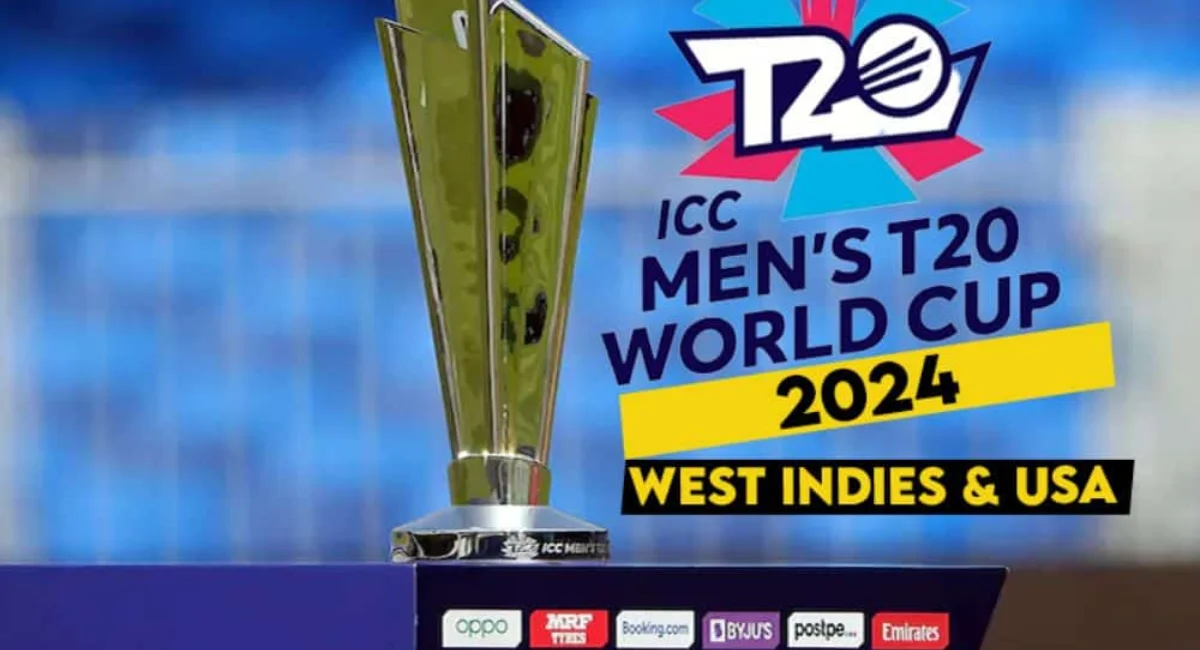Key Features of the Stop Clock Rule:
- Time Control between Overs: A crucial aspect of the Stop Clock rule involves managing the time between overs using a visible clock. If the bowling team fails to initiate the next over within 60 seconds of the previous one’s completion, penalties will ensue.
- Penalties for Delays: Should the bowling team repeatedly exceed the allotted time limit, incurring delays thrice, they will face a penalty of 5 runs. This penalty serves as a deterrent against time-wasting tactics and ensures smoother game flow.
- Responsibility and Monitoring: The third umpire assumes the responsibility of initiating the 60-second countdown period. Additionally, the umpires closely monitor instances where the batting team causes delays, ensuring fair play and adherence to the rules.
Circumstances for Clock Pause:
The Stop Clock mechanism operates under specific conditions, pausing under the following circumstances:
- Arrival of a new batsman between overs
- Scheduled drinks break
- Umpire-approved treatment for injured players
- Instances of time wastage unrelated to the fielding team’s actions
Umpire Intervention:
In cases where the fielding team is ready to bowl but faces delays from the batting side, umpires intervene by issuing warnings. This proactive approach maintains match discipline and minimizes disruptions to the game’s rhythm.
In essence, the introduction of the Stop Clock rule underscores ICC’s commitment to innovation and ensuring an engaging cricketing experience for players and fans alike. As the T20 World Cup approaches, anticipation builds around the potential impact of these transformative regulations on the sport’s landscape.




